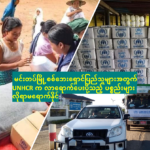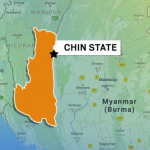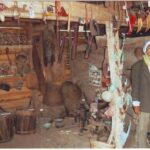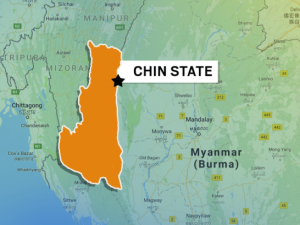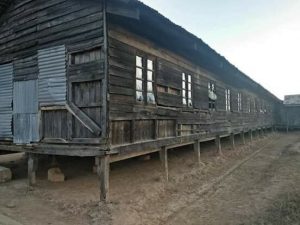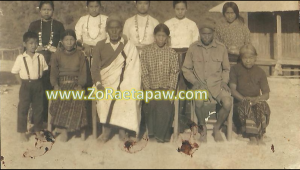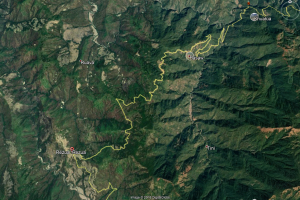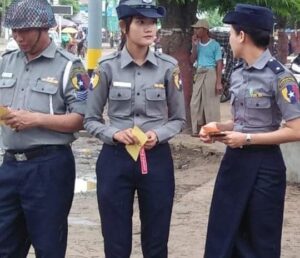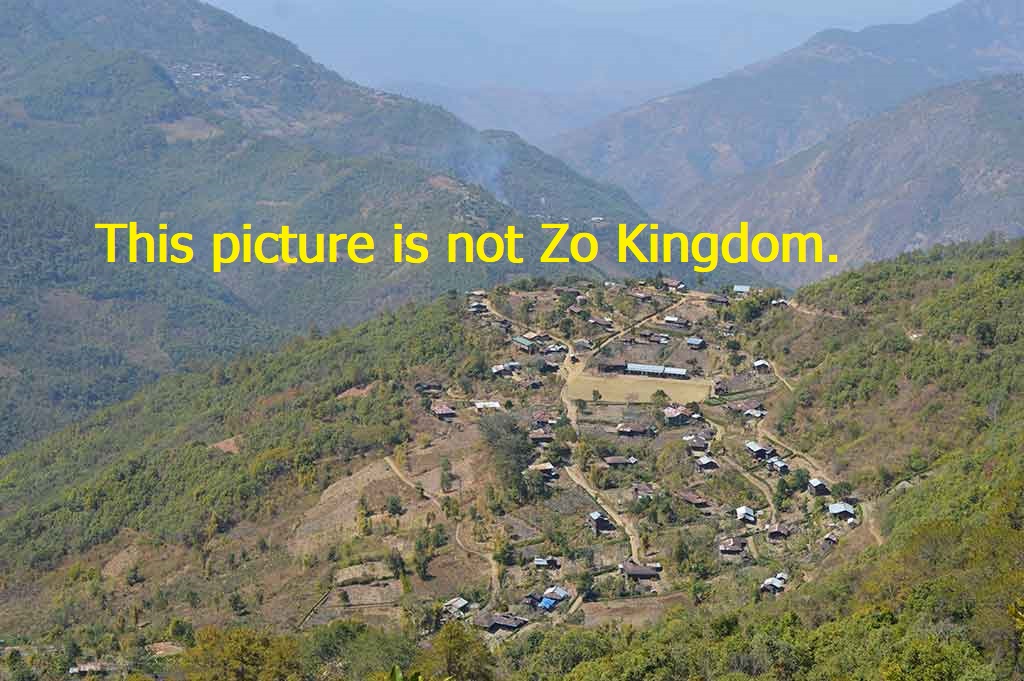
After the death o f Kingdom Bayintnaung in 1550, defeated by the joint-attack of Ayudiya, Hantawaddy Pegu and Taungoo, Zo Kingdom came to an end and Zo people were scattered elsewhere. (Thai history and documentary movie, ‘The Kingdom of War’)
Some went east as far as North Thailand, Cambodia and Laos where they still retain tradition and culture very similar to those of Zomi. Zomi Animism in Retrospect, Dr Thomas Sian Za Kham. It is believed some as far south-east as Malaysia. Today, people in Sarawak use some basic Zo words like Topa for Lord. They live in thatch roofed houses, embellished with trophies of mithun skull. Timber decks, innka, and front yards, inntual, serve as public and social arenas for all occasions. They drink locally brewed zu and sing folk songs, profoundly characteristic of Zomi lifestyle.
Some went down south to the west to what today are Thayet, Minbu, Prome, Aunglan, Natmauk, Paukkhaung, Sithohtara, Ngape, and are known as Asho, cognate with Zo. The bulk of them moved north and to the west. They came to Kale-Kabaw Valley Setting up their capital at Khampat, which literally means, ‘beginning uphill’. They settled there up untill 1400 AD.
Later they moved on to Zasakyu, Bunglung, and settled there for a long time but intolerant to occasional raids from the Manipuries, they eventually fled south to Kalemyo, “jumping out of the fryingpan into the fire”. They ended up in forced labour building a fortress around a 234 acres of land on which the residential palace of the brutal Sawbwa, Kyitaungnyo, was built. Then again they fled to the hills. At bunglung, Zasakyu, artifacts and old settlement are occasionally found and the banyan trees they planted are still standing today.
It is up to that time through Zo Kingdom, and of course hundreds of years earlier, terms like Tedim, Falam, Haka, Matupi, Mindat, Kanpetlet, Paletwa were virtually non-existent, neither were Khuul-aa-piang, Ciimnuaimi nor Laimi . They were just one inextricable Zo People (Jo/Yo/Dzo/Zhao/Cho/Asho).
When their freedom was threatened their ingrained indomitable spirit of independence forced them to choose to follow the call of the unknown into the hills. Their dispersal among the hills and valleys isolated one group from another and in due course of time they began to adopt different names. Under the spell of fears and superstition in the new and strange environment they began to fancy they were born out of caves and, consequently, the terms Laimi, and Khuul-aa-piang came into existence only after they came to the hills around 1400 AD.
This Article Received From, and Credit to: Dr.J. Suan Za Dong, Sydney, Australia


